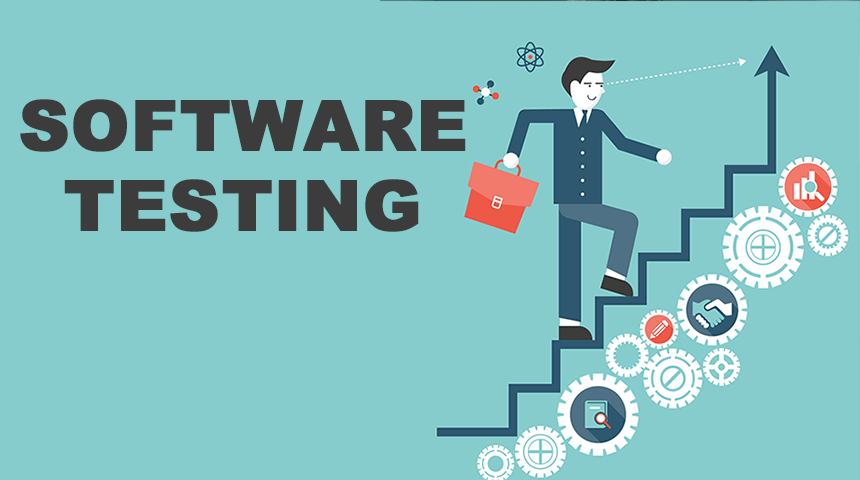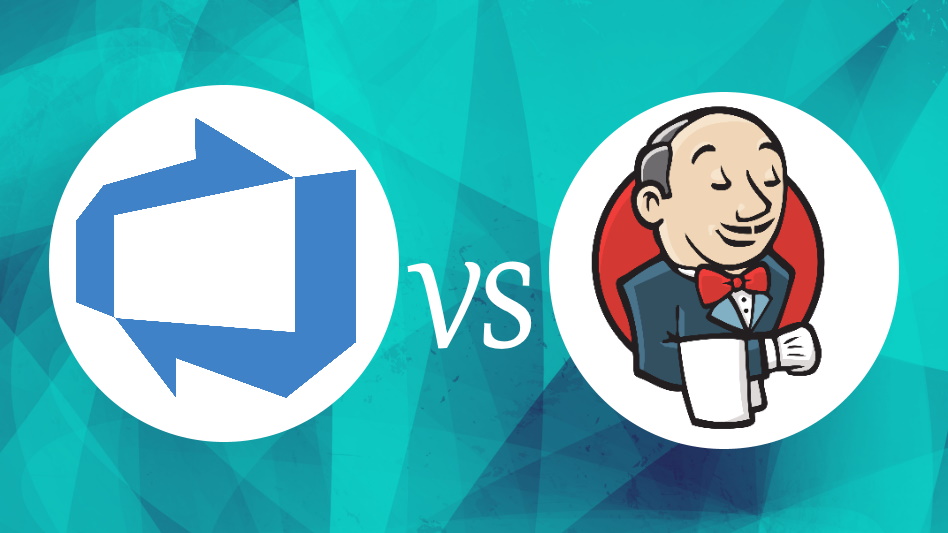Navigating Java Development: Spring Framework vs. Hibernate
In the realm of Java-based application development, two prominent contenders, Spring Framework and Hibernate, offer distinct solutions to common challenges. These frameworks cater to different aspects of the development process. In this article, we delve deep into a comprehensive comparison of Spring Framework and Hibernate. By exploring their key features, use cases, and presenting a side-by-side analysis, we aim to assist you in making the right choice for your project’s needs.
Spring Framework: Empowering Enterprise Applications
Overview: The Spring Framework, known simply as Spring, is a versatile and modular platform that addresses an array of development concerns, from dependency management to security and web applications. It offers a container that effectively manages application components, facilitating the creation of robust and scalable applications.
Key Features:
- Dependency Injection: Spring’s cornerstone is its dependency injection (DI) mechanism, which promotes modularity and testability by minimizing tight coupling between components.
- Aspect-Oriented Programming (AOP): Spring enables the application of cross-cutting concerns, such as security and logging, across different parts of the codebase, without entangling the code intricately.
- Spring MVC: Equipped with the Model-View-Controller architecture, this module is tailored for web application development and seamlessly integrates with other Spring features.
- Spring Boot: An integral part of the Spring ecosystem, Spring Boot simplifies the process of building and deploying production-ready applications by offering auto-configuration and embedded application servers.
- Spring Security: This module provides an extensive suite of security features encompassing authentication, authorization, and safeguards against prevalent security vulnerabilities.
Ideal Use Cases: Spring excels in developing enterprise-level applications that necessitate solid architecture, scalability, and seamless integration with diverse technologies. It is an ideal choice for projects entailing intricate business logic, multi-tier architectures, and extensive utilization of design patterns.
Hibernate: Streamlining Database Interactions
Overview: Hibernate, an Object-Relational Mapping (ORM) framework, streamlines database interactions by abstracting underlying SQL operations. It empowers developers to work with Java objects while seamlessly persisting and retrieving data from relational databases.
Key Features:
- ORM Capabilities: By mapping Java classes to database tables and Java objects to table rows, Hibernate obviates the need for crafting intricate SQL queries.
- Lazy Loading: Hibernate supports the practice of fetching related data from the database only upon explicit request, bolstering application performance through efficient data loading.
- Caching: Performance optimization is achieved through Hibernate’s caching mechanisms, which curtail the frequency of database queries.
- Query Language: Hibernate Query Language (HQL) permits developers to write database queries using a Java-esque syntax, enhancing code readability and maintainability.
- Integration: While Hibernate can stand alone, it also harmonizes well with other frameworks, such as Spring, elevating transaction management and overall application functionality.
Ideal Use Cases: Hibernate shines in projects necessitating seamless database integration. It is especially pertinent for endeavors requiring extensive data manipulation and retrieval, such as content management systems, e-commerce platforms, and applications working with voluminous datasets.
http://informationarray.com/2023/08/28/navigating-spring-framework-vs-java-unveiling-distinct-dimensions/
Comparative Table: Spring Framework vs. Hibernate
| Aspect | Spring Framework | Hibernate |
|---|---|---|
| Primary Focus | Application architecture, dependency management, integration | Object-Relational Mapping, database interactions |
| Modules | Diverse modules catering to varied concerns like MVC, Security, Data Access, etc. | Centered around ORM capabilities and database interactions |
| Dependency Injection | Core feature, curbing tight coupling between components | Not a core feature, concentrates on database interactions |
| Web Applications | Furnishes Spring MVC for developing web applications | Applicable in web applications, frequently integrated with other web frameworks |
| Security | Provides comprehensive security attributes via Spring Security | Concentrates on database interactions, amenable to integration with Spring Security |
| Flexibility | Highly modular, affording flexibility in module selection | Specialized in ORM, offering less flexibility in other spheres |
| Performance | Marginally higher overhead due to the presence of various modules and features | Elevated overhead owing to additional processing for ORM and caching |
| Learning Curve | Moderately steep learning curve due to its extensive ecosystem | Moderate learning curve, particularly regarding ORM concepts |
| Suited For | Enterprise-level applications, intricate architectures | Applications with substantial database interactions, data-centric projects |
When comparing Spring Framework and Hibernate, it’s crucial to recognize their disparate focuses within the realm of application development. Spring offers a comprehensive solution for constructing enterprise applications, covering a spectrum of concerns. In contrast, Hibernate excels at simplifying database interactions through its ORM capabilities. Your selection between these frameworks hinges on your project’s nature, database interaction demands, and the overarching architecture. Moreover, combining Spring and Hibernate can yield a robust solution, harnessing the strengths of both to craft efficient and formidable Java applications.










